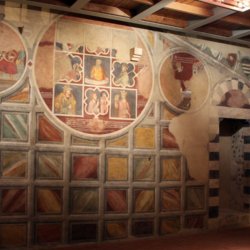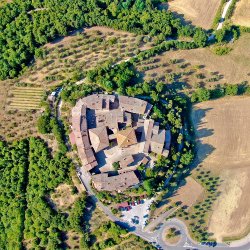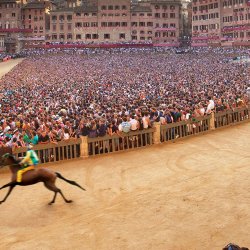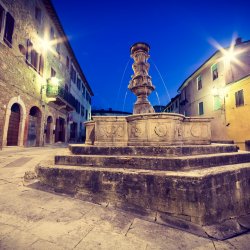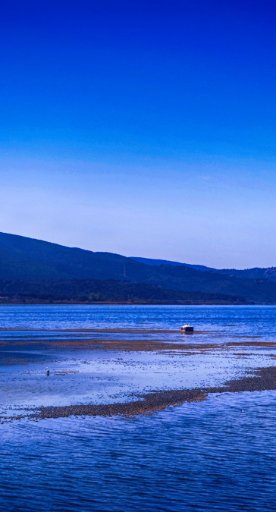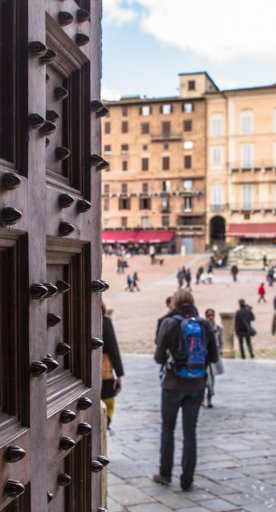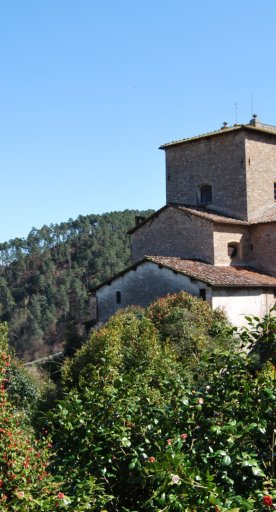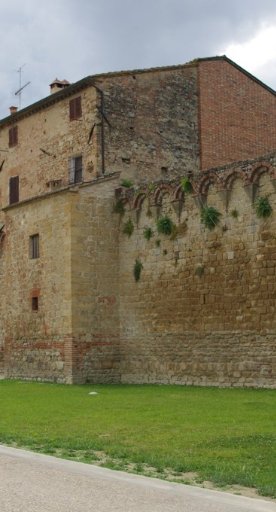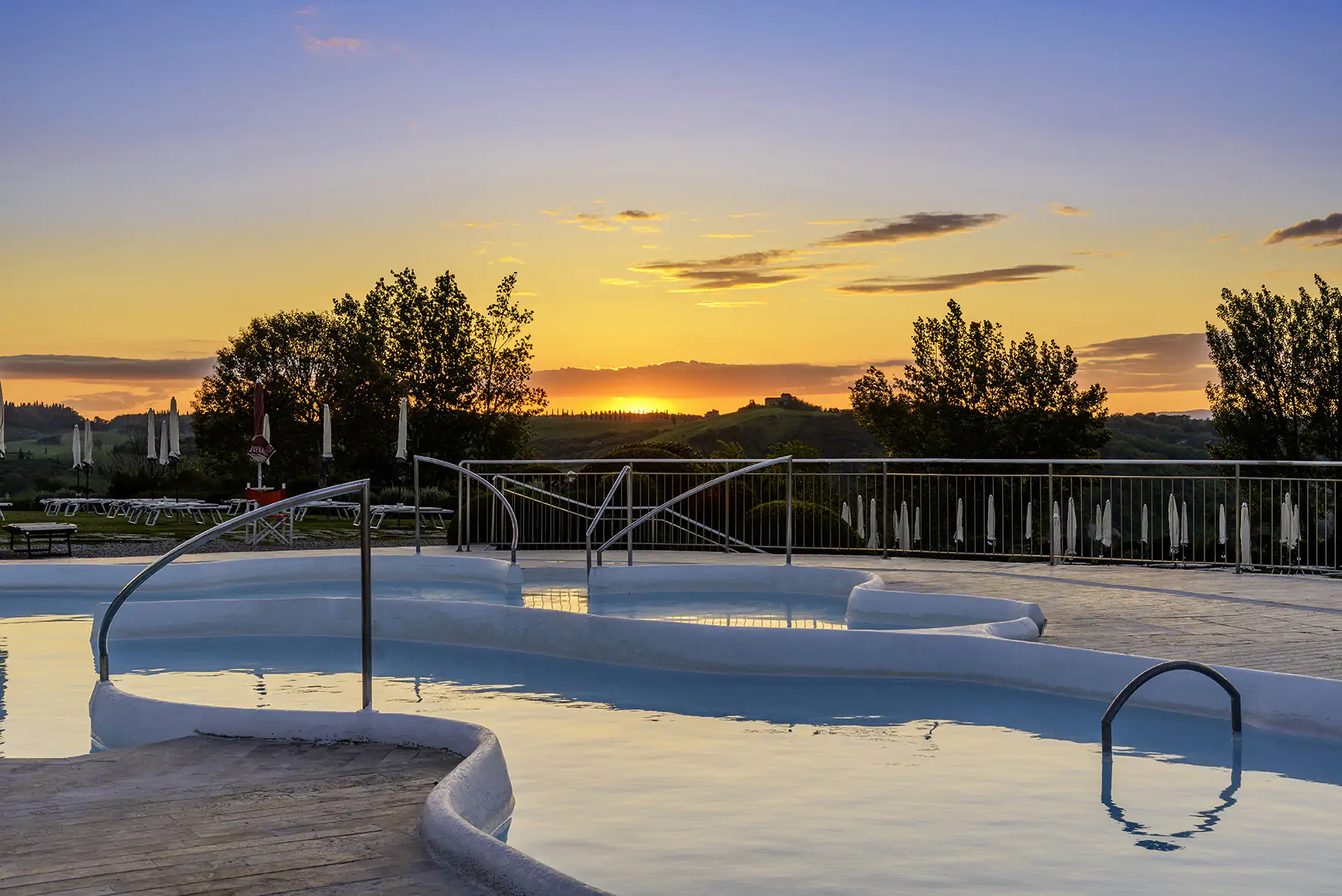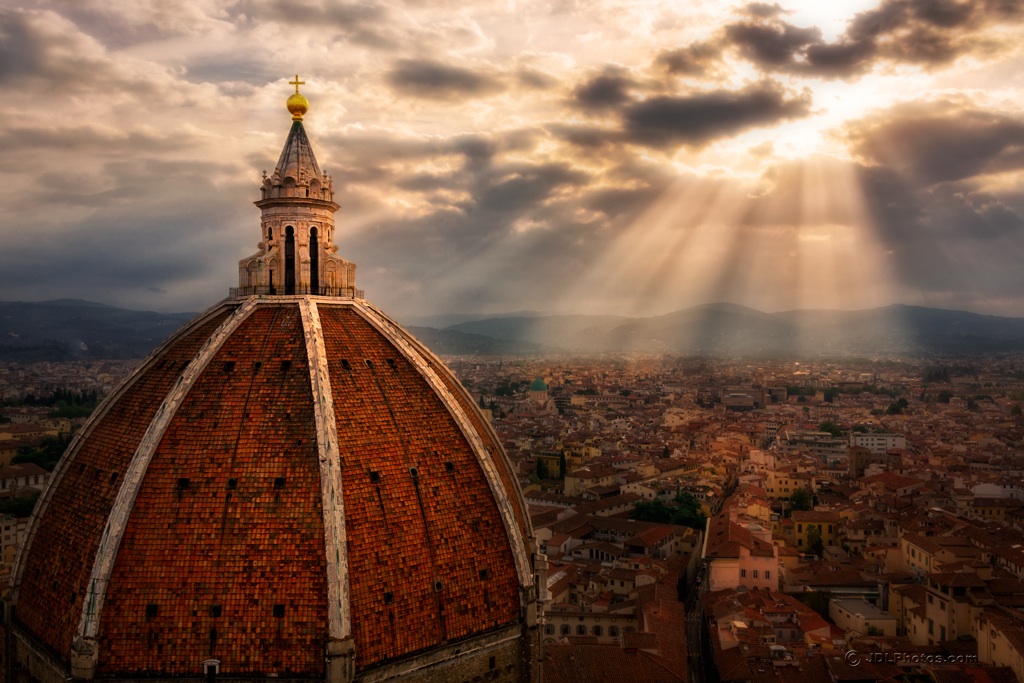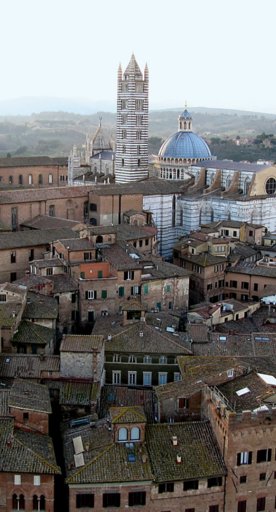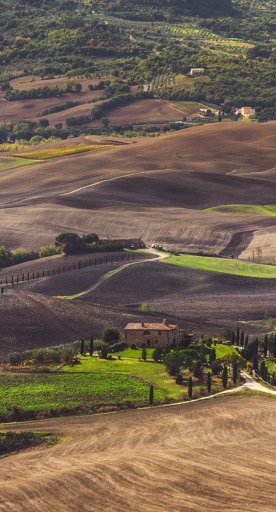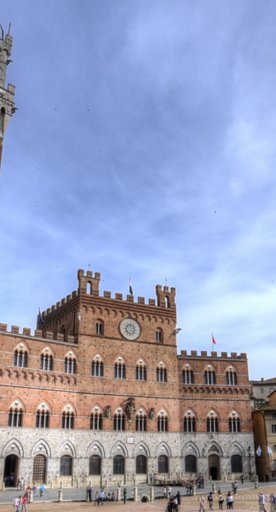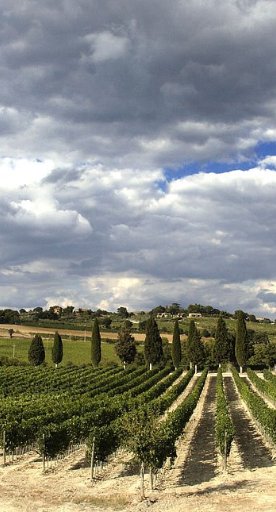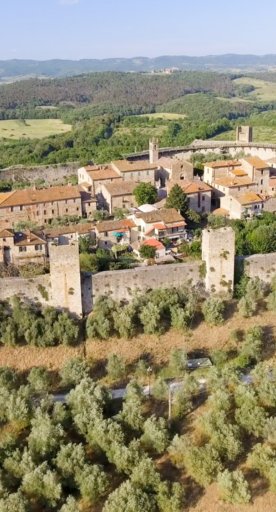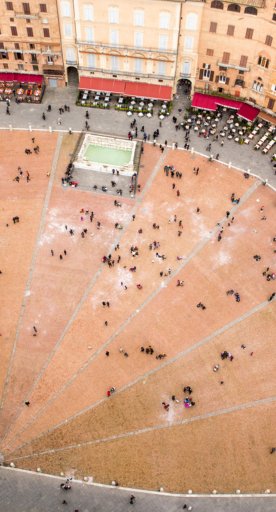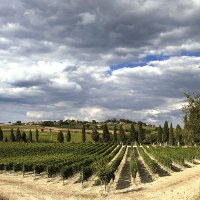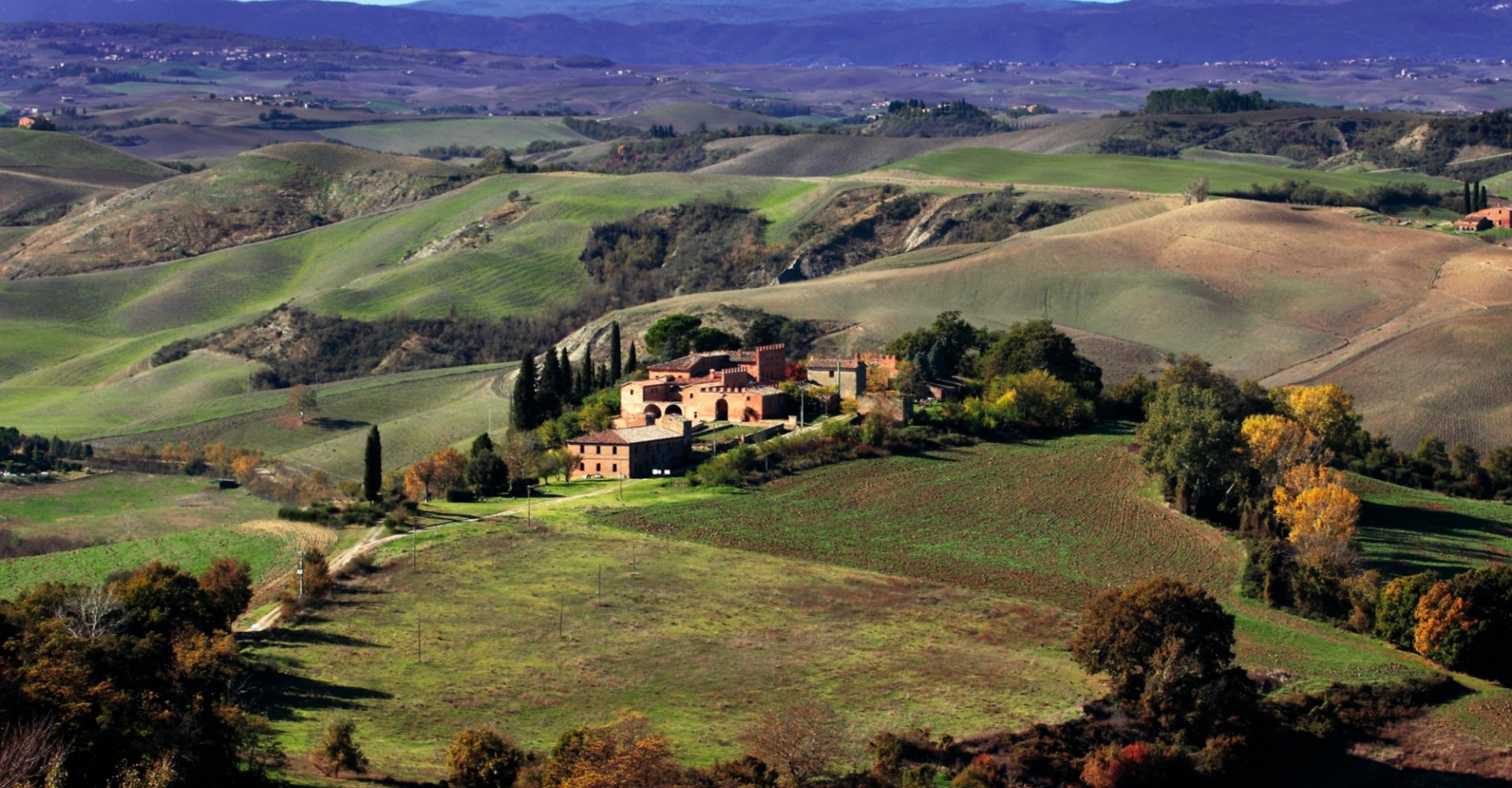
Panoramic roads in Tuscany: 5 must-see itineraries
A brief guide for discovering unforgettable views of impressive landscapes
“The meaning of seeking is in the journey, not the destination. The goal of travelling is travelling itself, not getting there.” (Tiziano Terzani)
These words by Tiziano Terzani take on a new meaning when evaluating how to travel in Tuscany. We are in the habit of opening maps to point to destinations that have certain names of villages, cities, towns. Mental flags that mark the point of arrival but very often do not consider the route or, rather, the vast supply of scenic roads to photograph and travel in the region.
Tuscany’s roads offer unforgettable views of impressive landscapes and horizons and deserve a special mention, travel story in and of itself. Here is a list of five trips to jot down in your notebooks.
-
1.The Avenue of Cypresses in Bolgheri
-
2.Il Romito
-
3.From Mount Amiata to Val d'Orcia
-
4.Fantiscritti Quarry
-
5.Chiusure and areas around Asciano
The Avenue of Cypresses in Bolgheri
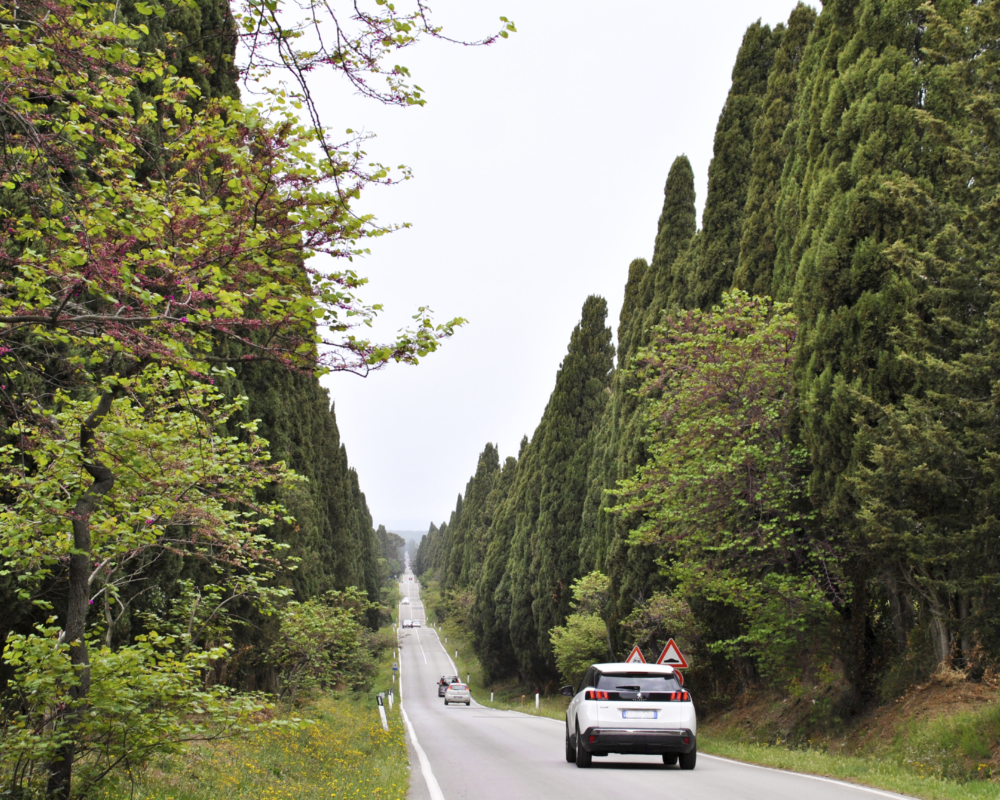
"I cipressi che a Bolgheri alti e schietti van da San Guido in duplice filar / Quasi in corsa giganti giovinetti, Mi balzarono incontro e mi guardar."
Famous poet Giosuè Carducci introduced the world to the beauty of Bolgheri's Cypress Avenue, a breath-taking road that runs between the town of San Guido to the medieval village. A long 4.7-kilometer avenue revered by the poet and the thousands of tourists who walk along it every year, resting their incredulous and enraptured gaze on the cypress trees that line it on either side. The avenue can be traveled by car, motorcycle or on foot, in either case indulging afterwards in a stop in the Bolgheri square and a tour of the wine shop among tasty cheeses and glasses of wine.
Il Romito
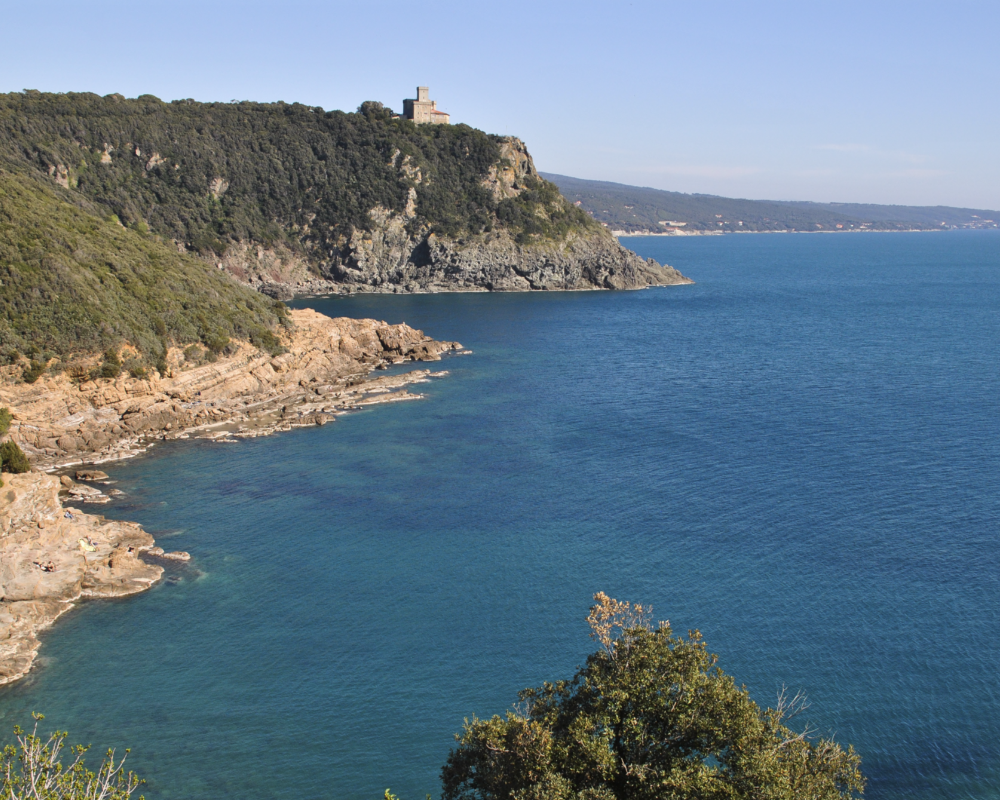
The beauty of the views from driving along the Romito coastal road would strike even the most disenchanted traveler: a succession of sheer cliffs and castles overlooking the sea, with ancient lookout posts, bays where the water shimmers under the sun's rays and invites you to dive in for a snorkeling trip, and sunsets overlooking the islands of the Tuscan archipelago. This route that leads into the center of Livorno, or toward Cecina if one travels it from north to south, was chosen in 1962 as a natural set to shoot the final scene of Dino Risi's film "Il Sorpasso" (The Easy Life), with a young Vittorio Gassman plunging off the cliff in his Lancia Aurelia B 24.
From Mount Amiata to Val d'Orcia
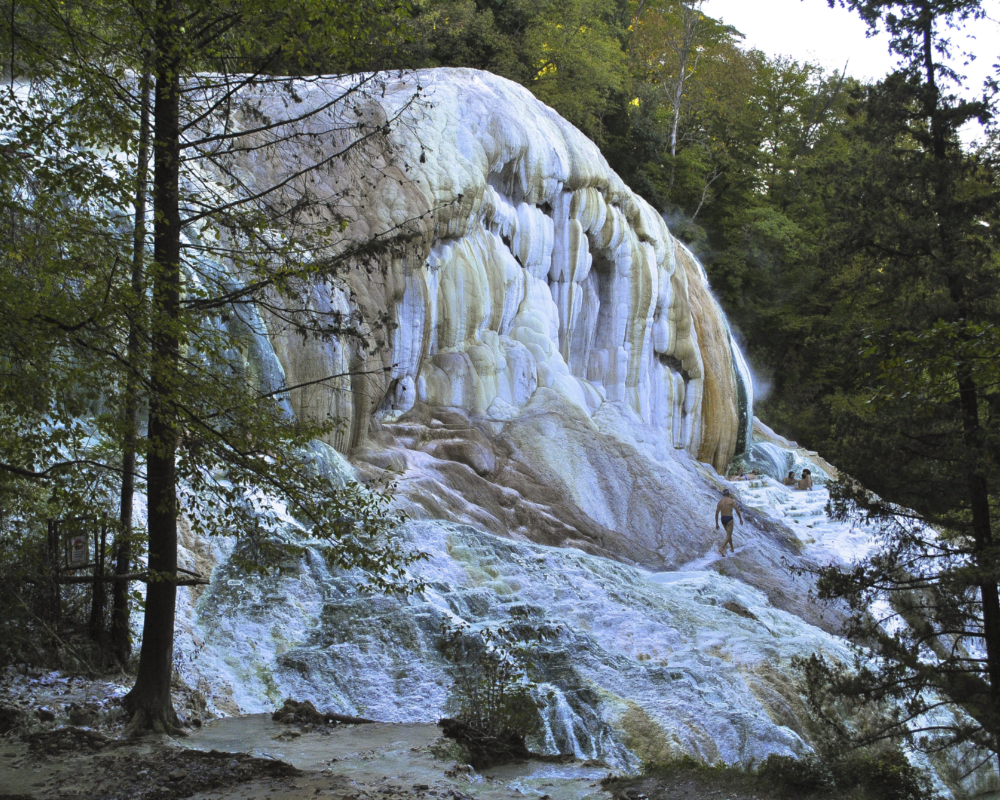
From the coast we move on to the gentle hinterland of Tuscan hills and silences, following the roads that rise and fall from Mount Amiata. Provincial road 61 leads to Bagni di San Filippo, a small village that hides an enchanted landscape of white limestone formations, small waterfalls and hot pools in the middle of the woods, in which it is possible to bathe freely. From here the road passes through landscapes that look like paintings and reaches the village of Bagno Vignoni with its famous thermal water square, and the magnificent town of Pienza. In autumn, the hills are tinged with the colors of this magical season and the air smells of chestnuts, wine and "novo" oil, giving one more reason to hit the road.
Fantiscritti Quarry
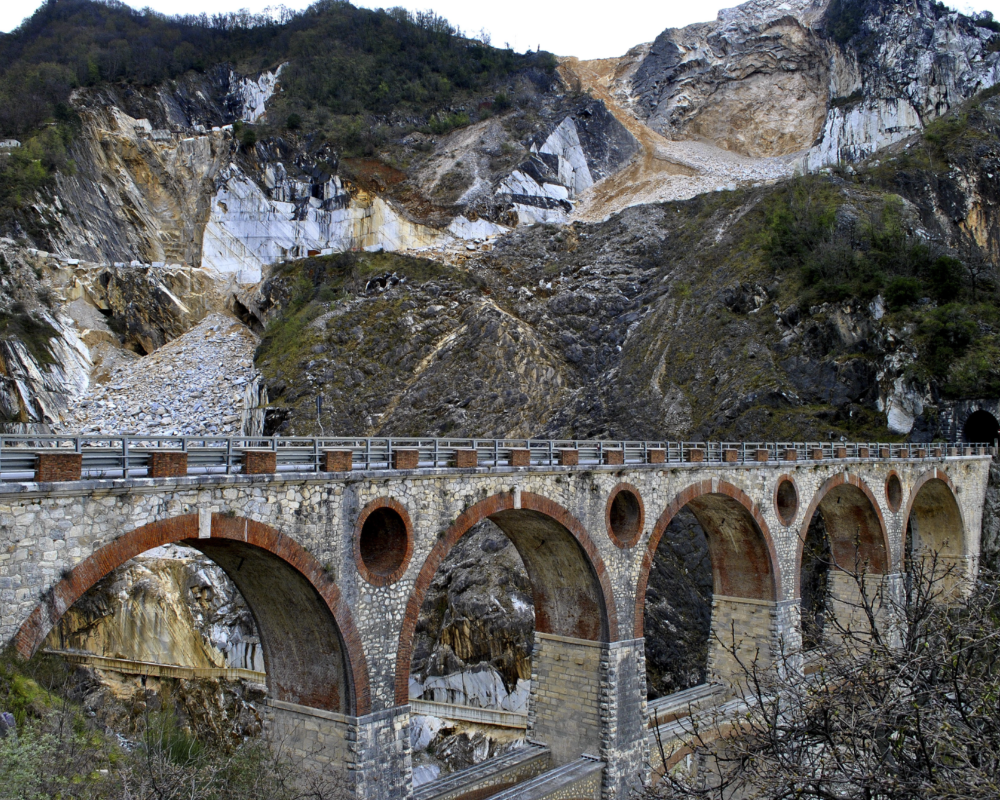
Along paths less traveled by tourism, here is a never-before-seen Tuscany of dark mountains, tunnels carved into the rock and unexpected snow-white visions. We are in the realm of Carrara marble. If you choose the road leading to the Fantiscritti Quarry Museum, you enter inside the marble quarries, overlooking the Ponti di Vara, the main railway infrastructure that in the past facilitated the transport of marble blocks by connecting the quarries with the port of Marina di Carrara. Once you park your car, let yourself be led into the belly of the mountain by booking one of the guided tours.
Chiusure and areas around Asciano
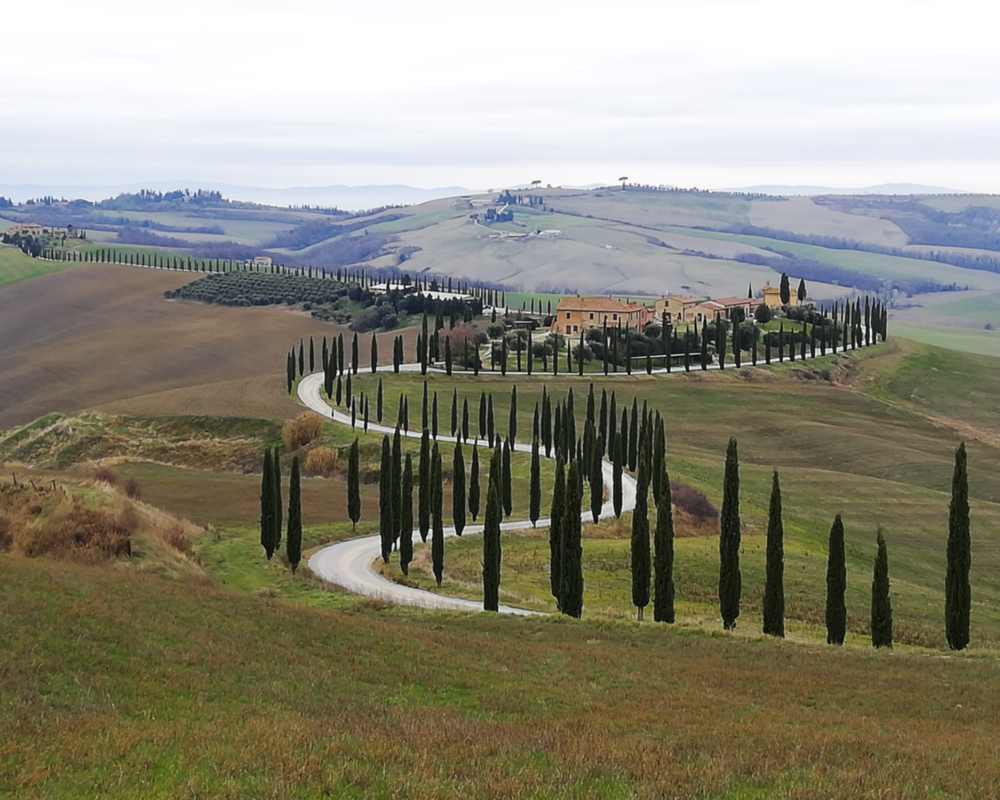
The list of Tuscany's most beautiful scenic roads could not fail to include those that pass through its most iconic landscapes and world-famous attractions: the quiet village of Chiusure, the mystical Abbey of Monte Oliveto Maggiore, the surroundings of Asciano, and the Crete Senesi. There are two must-do roads: the provincial road of Pecorile, with the unmissable view near Agriturismo Baccoleno, and the provincial road 438 (SP438) that from Asciano, in a gentle up and down of enchanting valleys, leads to the city of Siena. A network of side streets lead to charming farmhouses, meandering cypress-lined driveways, golden fields and clay paintings. The camera is a must!

